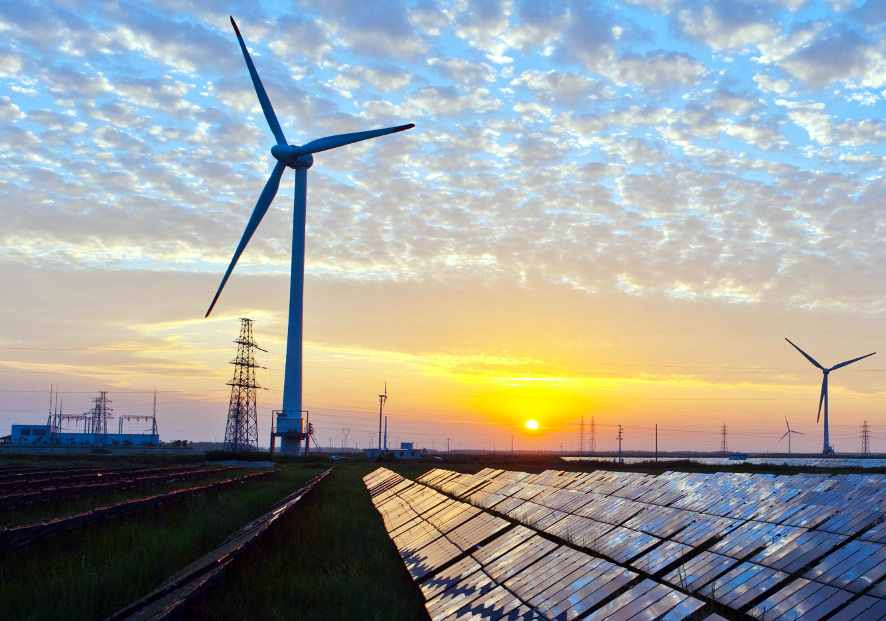The International Solar Alliance (ISA), India’s Ministry of New and Renewable Energy (MNRE) and the World Bank organized a two-day inception workshop on ‘One Sun One World One Grid (OSOWOG)’.
OSOWOG is a globally interconnected power grid project aimed at seamless sharing of renewable energy resources among countries for mutual benefits and global sustainability.
MNRE is the programme support agency for the OSOWOG Initiative, ISA the nodal implementing agency, and the World Bank the strategic advisory and funding agency. They have a critical role in synergizing over 140 countries across the Far-East and the Far West regions, building consensus, launching energy policy imperatives, and setting up the framework for large-scale global cooperation.
The workshop, attended by more than 160 experts, saw implementation partners present their roadmap for OSOWOG.
In his keynote address, Indu Shekhar Chaturvedi, Secretary, MNRE, said, “Political leadership from other countries have also expressed faith in our vision of a solar grid interconnected with RE across countries… Some multilateral announcements are likely to be made later in the year.”
Ajay Mathur, Director General- International Solar Alliance, said, “The advantage of interconnecting regional grids to each other provides a huge opportunity in terms of availability of the solar electricity, especially at times in a place where solar electricity is not available from other regional grid where solar electricity is available.”
Simon Stolp, Practice Manager, Energy-South Asia, The World Bank, said, “Through OSOWOG, India has demonstrated its leadership in global energy transitions. India’s commitment to a clean energy future is clear and serves as a lighthouse to the South Asia region and the world. OSOWOG is based on the three critical pivots of sustainability, global interdependencies, and India’s commitment to play its global role. I would like to reaffirm The World Bank Group’s commitment to supporting India and the global community in achieving this vision.”
Other implementing partners include a consortium led by Electricité de France to conduct the pre-feasibility study for OSOWOG, State Bank of India as the contracting agency, and EY as the knowledge partner for this initiative.
Topics discussed at the workshop included technical and economic valuation, regulations in different countries, 2050 roadmap for CO2 emission reduction, intermediate targets for 2030 and 2040, importance of technology improvements in HVAC/HVDC, undersea or overhead lines, transmission losses, smart operation management, hydrogen in transportation, system stability and supply security.
OSOWOG will be implemented in three phases. In the first phase, pre-feasibility analysis will carried out, covering individual countries’ assessment, demand-supply scenario projections, RE resource potential assessment and scenario assessment for net zero by 2050. The second phase will focus on pilot projects and timeline in terms of commissioning the interlinks. Lastly, the third phase will be geared towards setting up the institutional framework including draft policy and regulatory papers.
This content is protected by copyright and may not be reused. If you want to cooperate with us and would like to reuse some of our content, please contact: editors@pv-magazine.com.









This is good initiative by different countries to integrate the grid as maximum efficiency will be achieved in solar consumption. Developed countries have excess power which can be shared globally with in sufficient power supply.